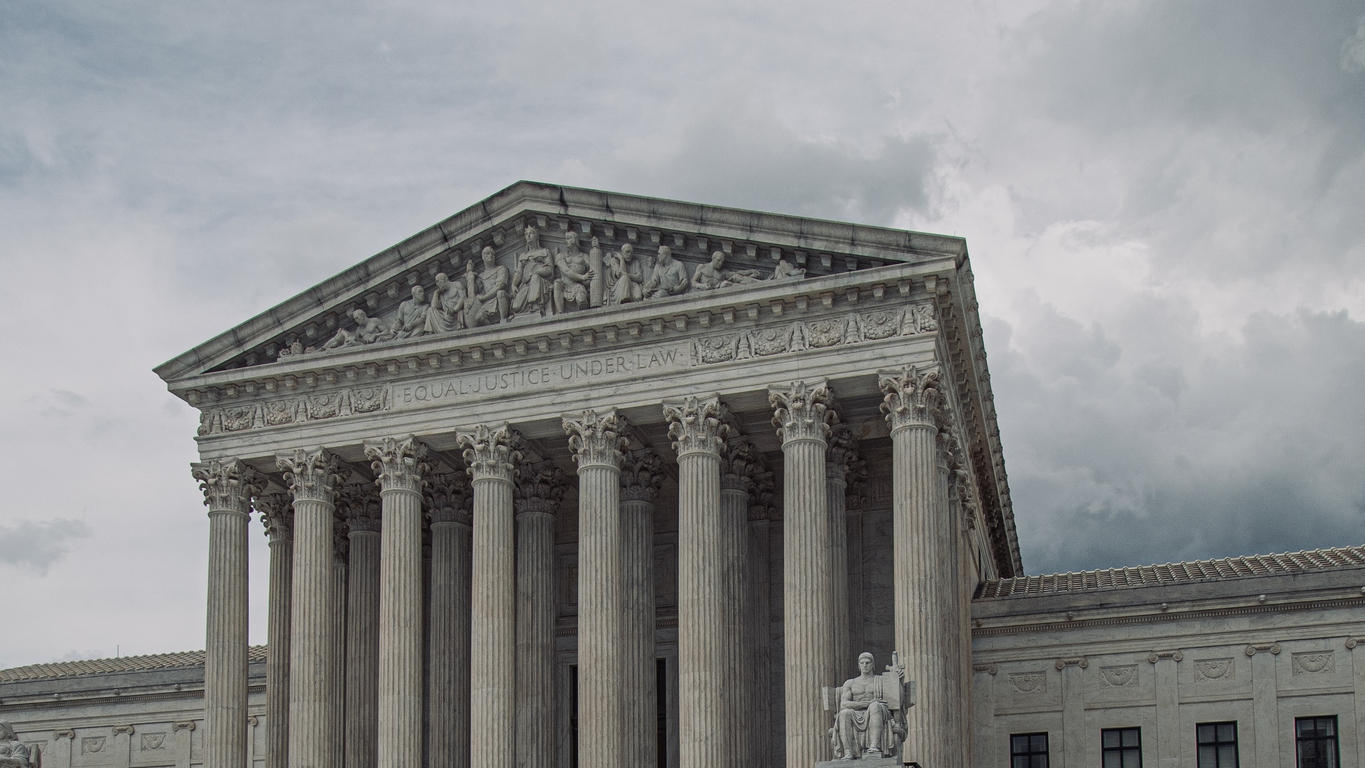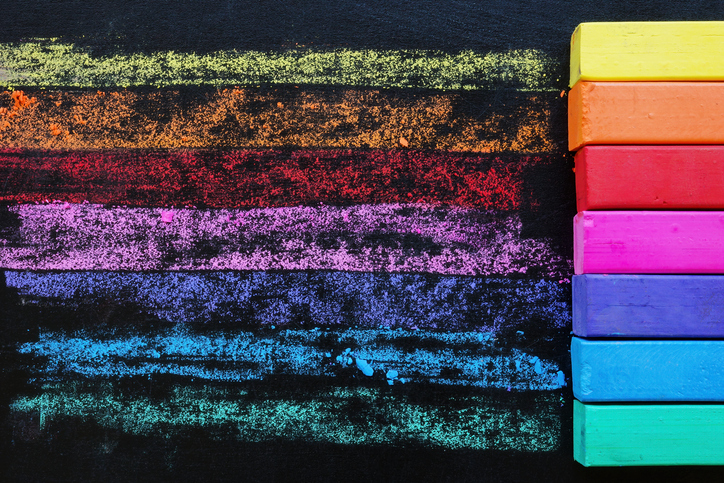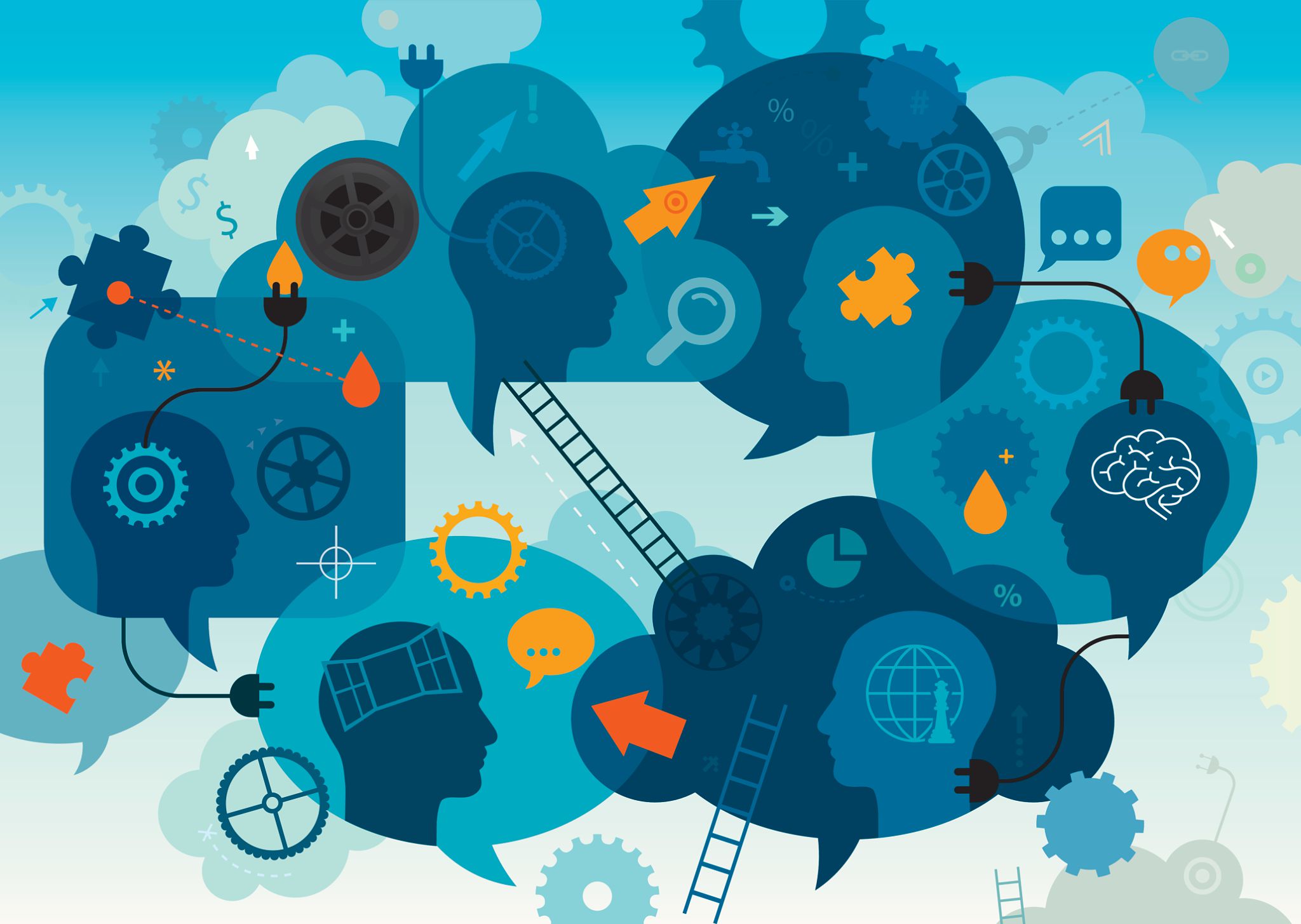Category: Resources

A Missouri Chamber of Commerce Speaks up For Their Community
Time Period: 2020Location: United States, MissouriMain Actors: Joplin Area Chamber of CommerceTactics - Establishing new social patterns In 2020, after the murder of George Floyd and subsequent Black Lives Matter...

Check My Ads Illuminates Authoritarian Advertising
Time Period: 2021-PresentLocation: United States, Online CampaignMain Actors: Check My Ads InstituteTactics Used - Online Boycotts - Social Media Campaigns - Newsletters In 2021, Nandini Jammi and Claire Atkin, two...

Wisconsin Business Leaders Ensure Fair Elections
Time Period: 2021-presentLocation: United States, WisconsinMain Actors: Wisconsin Business Leaders for DemocracyTactics - Civic Engagement - Media Outreach - Petitions - Questionnaires - Signed Letters of Support - Amicus Brief...

Comparative Caselets: The Civil Service as a Pillar of Support
Time Period: 1920-2023Location: USA, Canada, Germany, Guinea-Bissau, FijiMain Actors: Current and former Department of Justice employees; American Federation of Government Employees (AFGE); National Treasury Employees Union (NTEU); Transportation Safety Administration...

Resources on Art, Cultural Work & Inclusive Democracy
Artistic and cultural processes are uniquely well-suited to address our current challenges of democratic decline and rising authoritarianism because they engage us cognitively, emotionally, sensorily, and, in some cases, spiritually....

US Bishops and the January 6th Capitol Attack on Democracy: A Pillars of Support Caselet
Time Period: 2021Location: United StatesMain Actors: US Conference of Catholic BishopsTactics - Declarations by organizations and institutions - Letters of opposition or support - Signed public statements - Newspapers and...

Race and Democracy
Within the broad ecosystem of social change in the US, we often find a lack of alignment between racial justice and pro-democracy agendas. At best, there are siloed efforts of...

Understanding Pillars of Support
Horizons has been focusing on how various Pillars of Support, notably faith-based organizations, businesses, unions & professional associations, and veterans/military groups, have contributed to authoritarian systems and how they have...

Calling in Calling Out
Building powerful movements for a just and democratic society requires tearing down the walls separating people and welcoming new people into the movement. It takes recognizing that individuals, shaped by...

Narrative Competency
As we continue the collective work towards a just, inclusive and peaceful democracy, it is important to be able to understand and talk about the shared values and ideas that...
